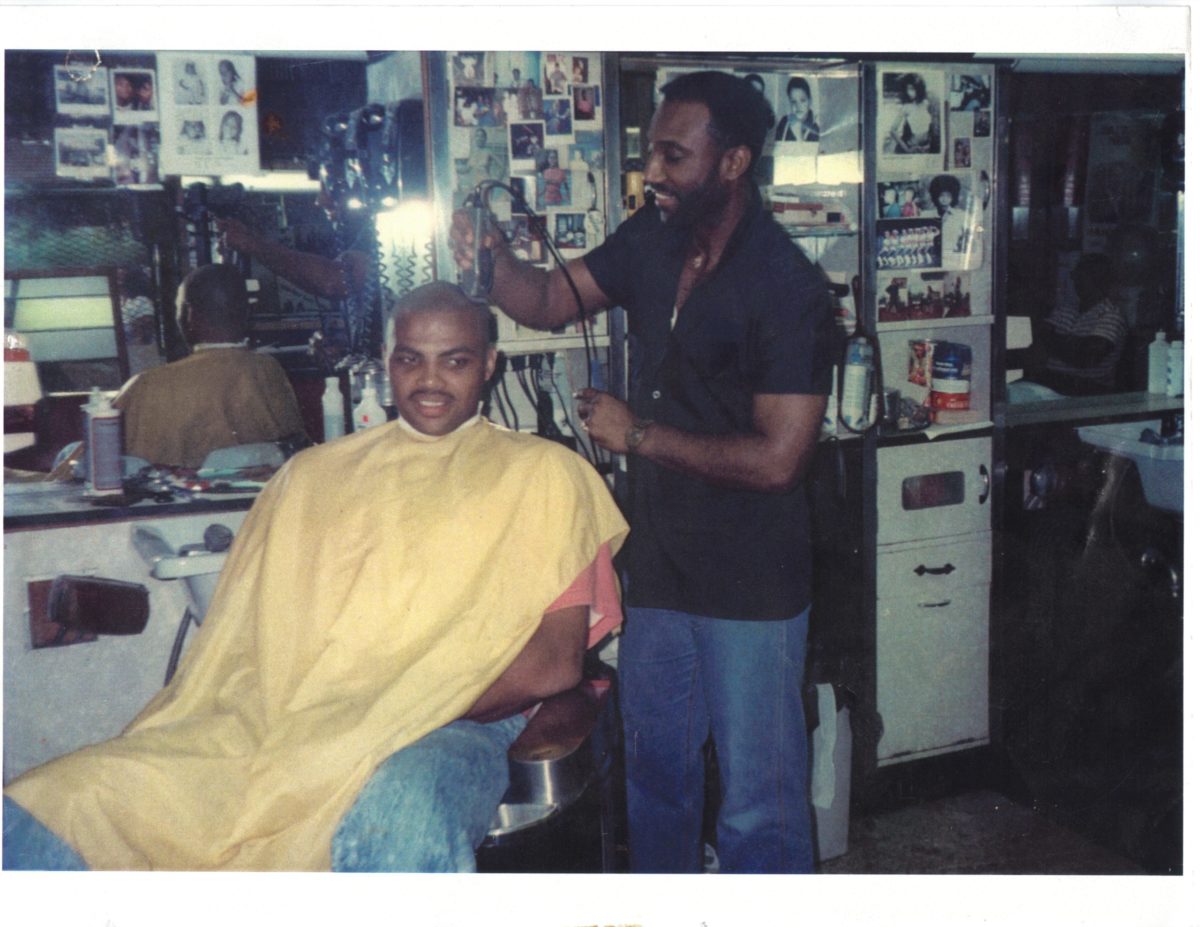Crucial Tips for Nurturing Lustrous Locks Tailored to Your Distinct Tresses Type
Crucial Tips for Nurturing Lustrous Locks Tailored to Your Distinct Tresses Type
Blog Article
Cultivating lively hair demands comprehending the unique traits of various hair types. Hair can be classified into multiple types, including straight, curly, curly, and spiraled. Each type has its specific requirements and challenges. For example, straight hair tends to be greasy and may need less regular washing, while curly hair often requires more moisture to prevent dryness. Identifying your hair type is the initial step in creating an efficient hair care regimen that encourages health and vibrancy.
Once the hair type is identified, the next step is to select the right products. For straight hair, lightweight shampoos and conditioners that do not burden the hair down are recommended. Wavy hair thrives from products that boost texture, such as sea salt sprays or wave creams. Curly and spiraled hair types thrive on rich, moisturizing products that contain ingredients like shea butter or coconut oil. It is crucial to read labels and choose products that address specifically to the requirements of the hair type to achieve the optimal results.
In addition to using the right products, the approach of washing and conditioning hair plays a crucial role in preserving its health. For sleek hair, washing every other day additional resources may suffice, while wavy hair might benefit from washing twice to three times a week. Kinky and coily hair types often do better with co-washing, which entails using a conditioner to cleanse the hair instead of shampoo. This approach helps retain moisture and reduces frizz. It is also important to use conditioner from the mid-lengths to the tips of the hair, as these areas tend to be drier.
Another important aspect of hair care is the application of heat styling tools. Excess heat can damage hair, resulting to split ends and fractures. For straight hair, using a heat protectant spray prior to styling is essential. Wavy hair can be styled with a diffuser on a low heat setting to enhance natural waves without causing harm. Curly and spiraled hair should be styled with minimal heat, and when heat is required, a protective serum can help shield the hair. Limiting the use of heat tools and permitting hair to air dry whenever can greatly improve hair health.
Finally, consistent trims and a nutritious diet contribute to lively hair. Trimming the hair every six to eight weeks helps eliminate split ends and encourages growth. A balanced diet loaded in vitamins and minerals, such as biotin, vitamin E, and omega-3 fatty acids, bolsters hair health from the inside out. Maintaining hydrated is also crucial, as water helps preserve moisture levels in the hair. By merging the right products, correct washing techniques, mindful heat styling, and a wholesome lifestyle, individuals can nurture their distinct hair type and attain vibrant, strong hair.